Despite widespread acclaim for the recent episodes, many viewers and critics are already questioning key choices in this second season of The Last of Us. Three main concerns—around character focus, pacing, and the very purpose of a faithful adaptation—are sparking spirited debates.
The Abby Dilemma
One of the boldest moves in this season was unveiling Abby’s motivations right from the opening scene. In the original game, players first encounter Abby as a mysterious adversary, only to have the rug pulled out from under them when her backstory unfolds. By contrast, the show opts for an early deep dive into her past, aiming to build an immediate emotional bond.
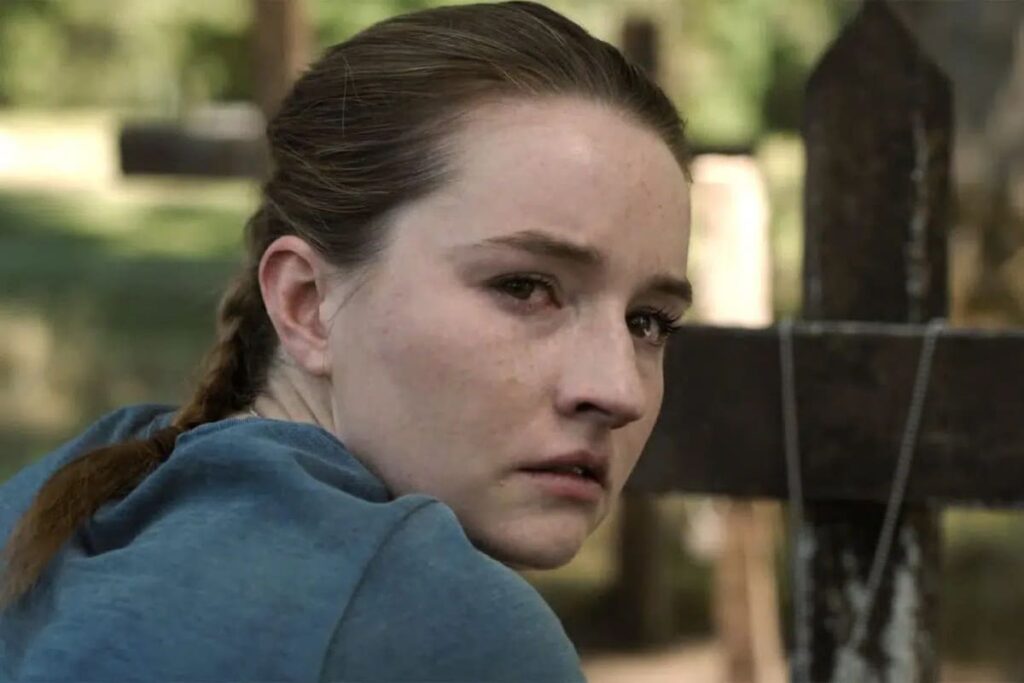
I remember watching the first episode and thinking, “Wow, that was fast.” While Kaitlyn Dever defended this approach in an interview with Deadline, noting that viewers need context to empathize with Abby’s rage, some fans feel it robs the narrative of its biggest twist. Instead of slipping into uncertainty alongside Joel and Ellie, audiences are handed the full story—and with it, the suspense shifts from shock to simple anticipation.
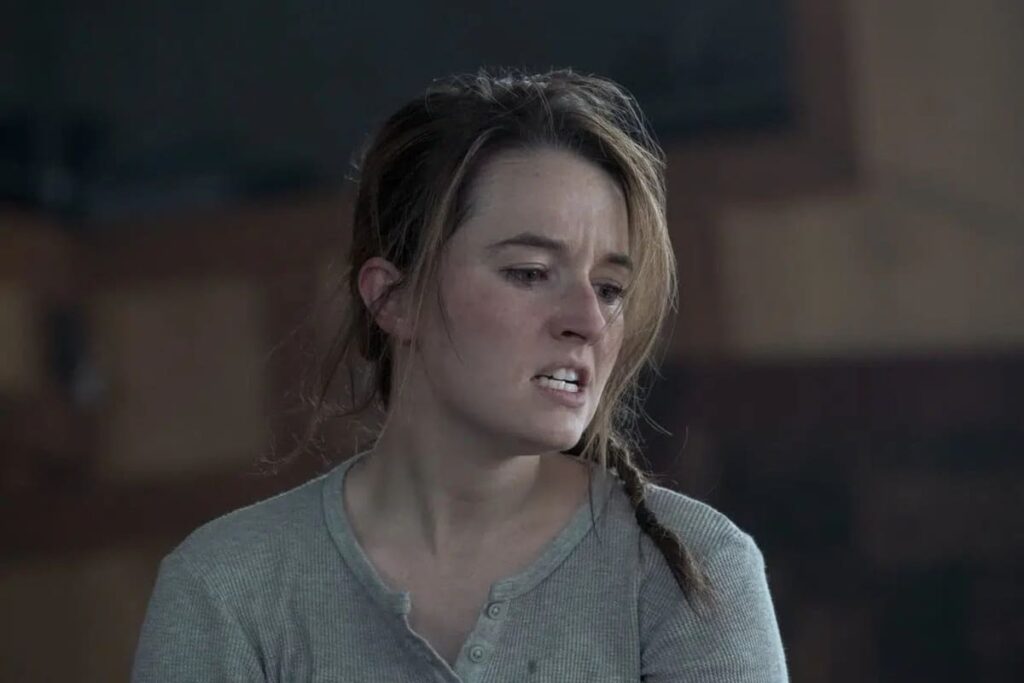
Running Out of Time
If there’s one complaint louder than any other, it’s about narrative pacing. The game’s length allowed players to marinate in Ellie’s relentless pursuit of vengeance, trudging through every abandoned town and bypassing every ambush. That slow burn—studied in its silences and sudden bursts of violence—was essential to convey her single-minded obsession.
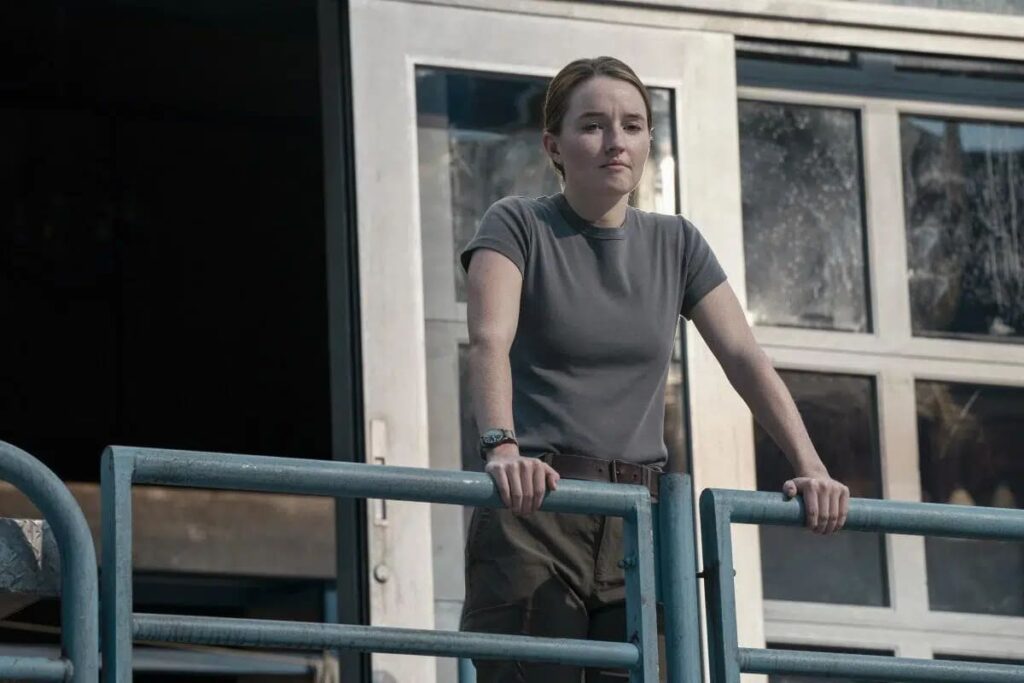
In seven 45-minute episodes, however, time is a luxury the show can’t afford. Key chapters of Ellie’s journey in Seattle flash by in a matter of minutes, leaving little room for the weighty atmosphere that made Part II so immersive. I binged through episodes 4 to 7 in one sitting and felt the intensity ebbing—like sprinting through a gallery of masterpieces without stopping to appreciate the brushstrokes.
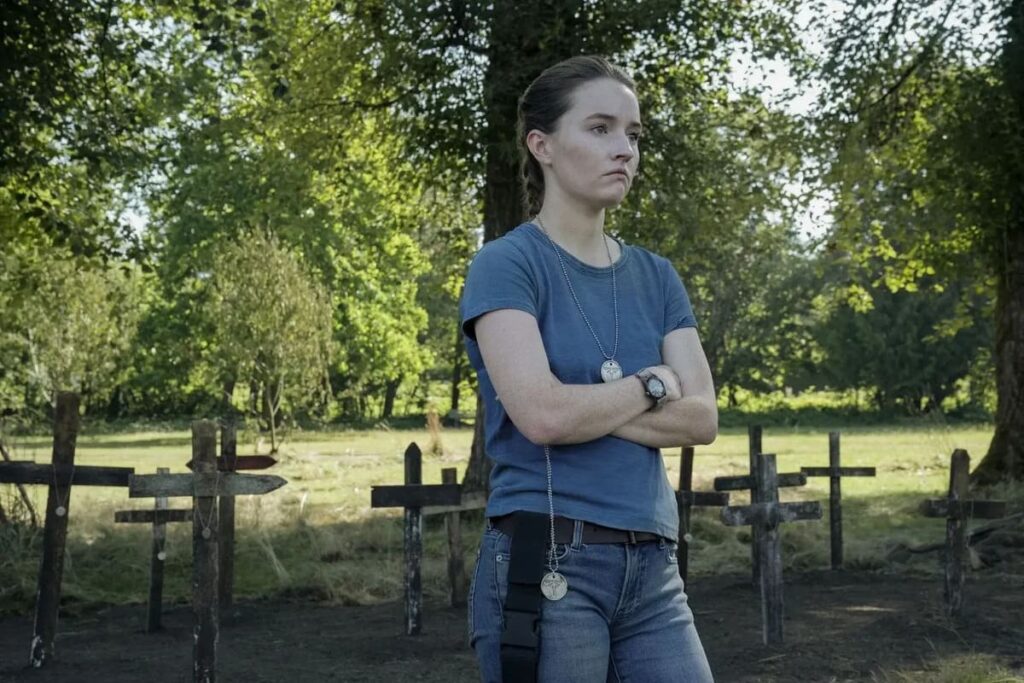
The Adaptation Catch-22
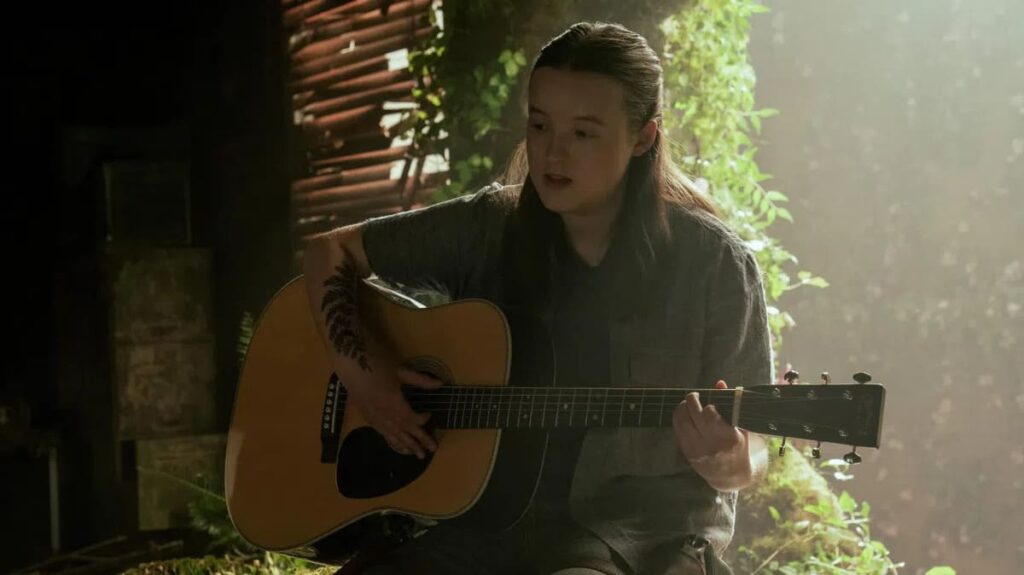
Finally, there’s the question of faithful adaptation itself. From impeccable set designs that Variety praised for mirroring the game’s snow-dusted hills to cinematography that recreates iconic gameplay angles, the series nails the look and feel. Yet for longtime players, this fidelity can feel hollow: “We’ve seen it all before,” many are saying.
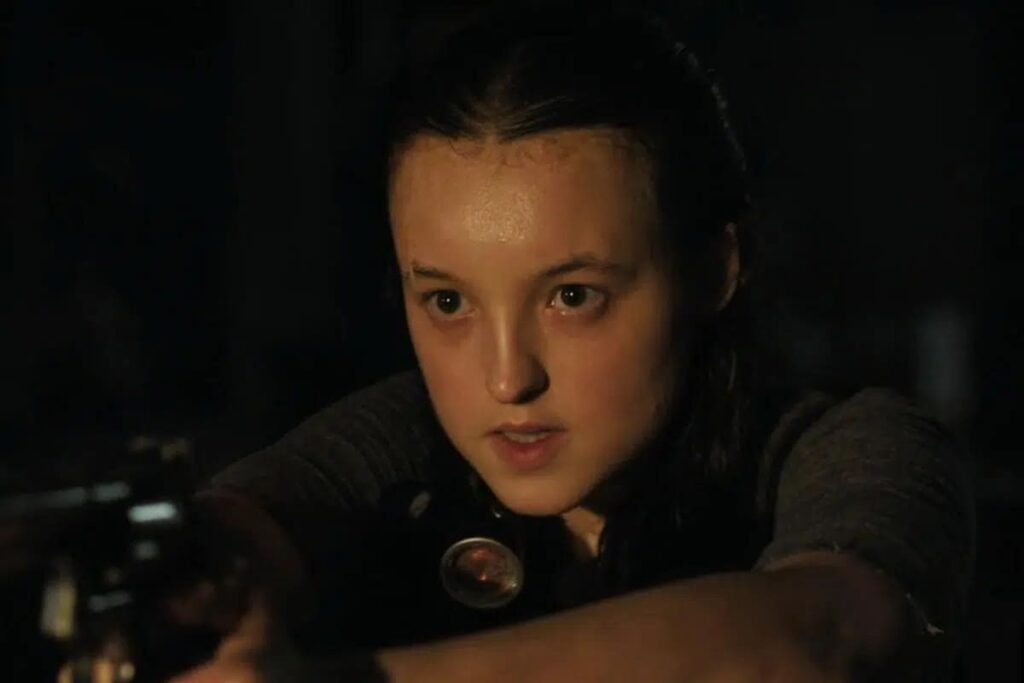
What’s the point of retelling a story if there’s nothing new to uncover? A truly bold adaptation might explore side narratives hinted at in the game or deepen secondary characters beyond their digital outlines. Instead, the series often retraces known steps, offering spectacle but little extra insight.
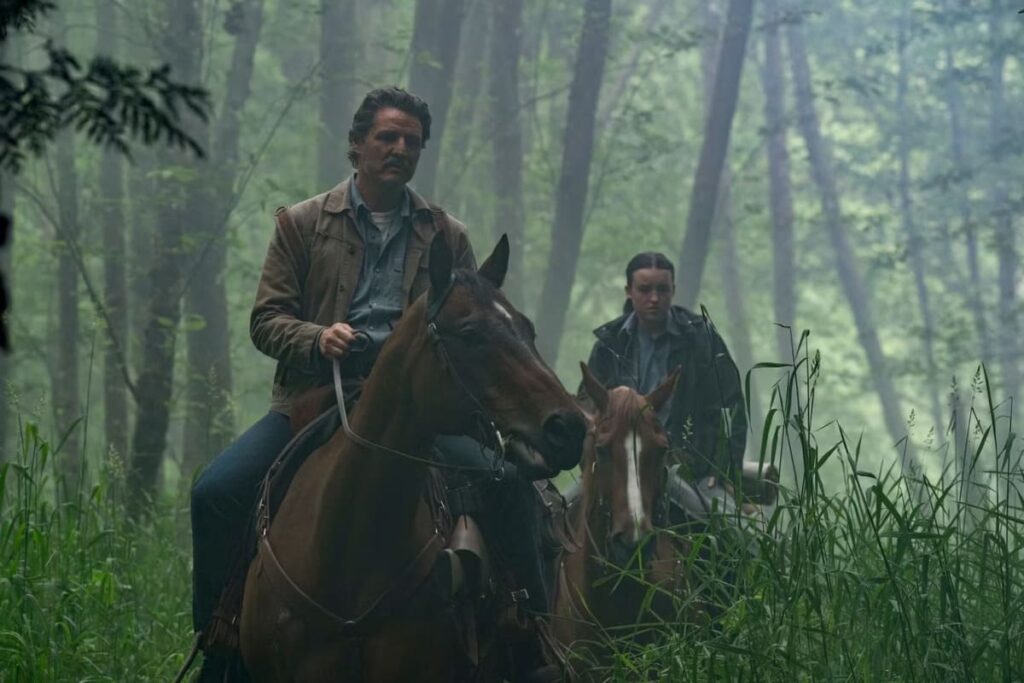
In the end, these adaptation challenges may divide fans and newcomers alike. Balancing character depth with suspense, carving out space for emotional stakes in a tighter runtime, and deciding how closely to stick to the source material are dilemmas that all screen adaptations face. Whether Season 2 ultimately satisfies or falls short, the conversation it’s sparked shows just how passionate audiences remain about Ellie, Joel, and the world they inhabit.

Meet Bill, a curious mind with a rebellious streak and a shared enthusiasm for lifestyle and culture. Like his longtime collaborator William, he’s captivated by the pulse of current events. But Bill brings a twist, he thrives on spontaneity, often following instinct over convention. His unconventional flair adds a dynamic edge to the team, making every project a little less predictable and a lot more exciting.












